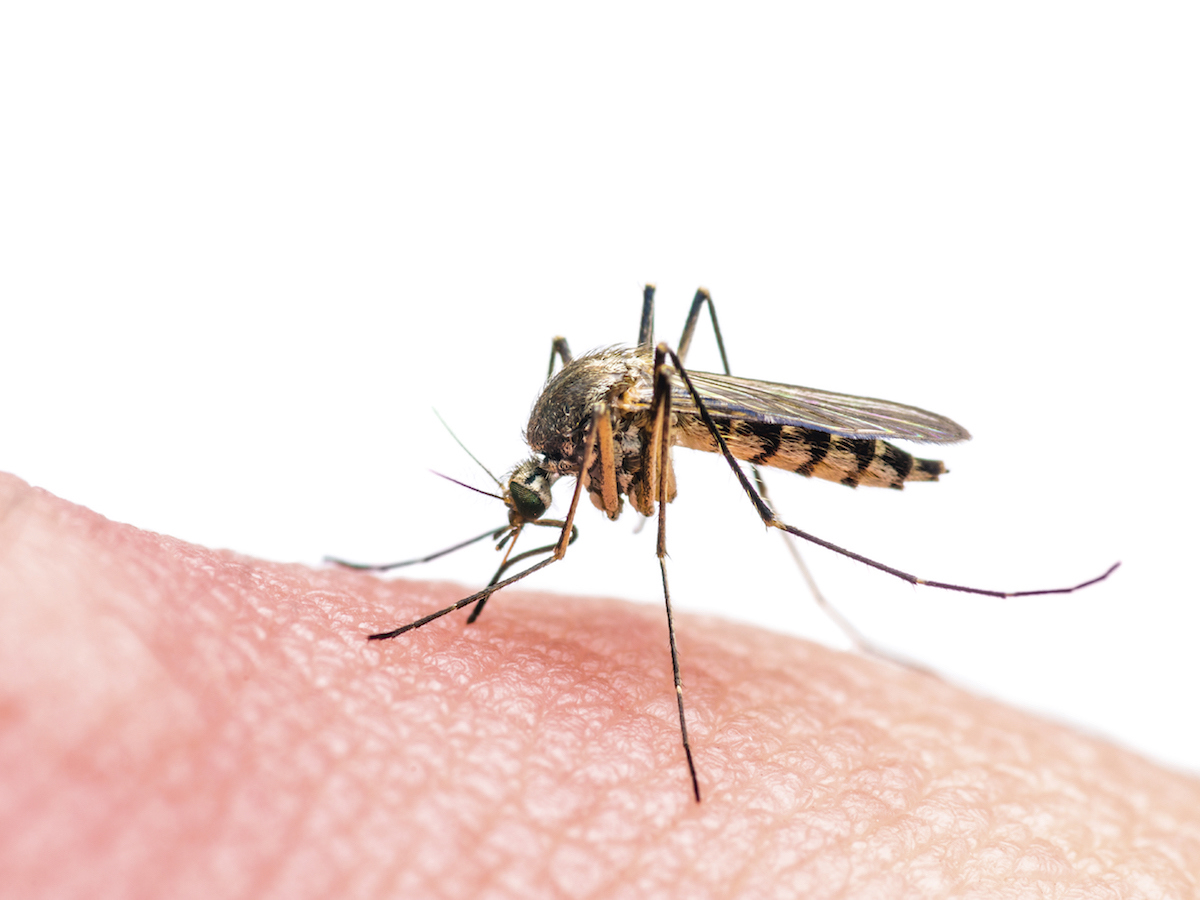Yellow Fever Mosquitoes Aedes aegypti (Linnaeus)

Color: Dark brown to black with silvery white markings
Size: About 1/8” (2-10 mm)
Legs: 6
Antennae: Yes
Shape: Long, segmented body with a pair of wings
Region: Primarily found in the southern regions of the United States
What is a yellow fever mosquito?
Aedes aegypti mosquitoes originated in Africa and were most likely brought to the new world via ships in the early 1900s. Their distribution continues to increase worldwide, making them one of the most widespread mosquito species. As their common name suggests, yellow fever mosquitoes are the primary vectors of yellow fever, a prevalent disease in tropical South America and Africa.
Female adult yellow fever mosquitoes primarily feed on humans, as a blood meal is required to produce eggs. These mosquitoes are active around the clock – biting during the day, and at dusk and dawn. Male yellow fever mosquitoes do not bite. Instead, they feed on plant nectar.
Yellow fever mosquitoes live in tropical, subtropical and some temperate climates. They often inhabit shaded containers with standing water to lay their eggs. Yellow fever mosquitoes also breed in flowerpots, spare tires, baby pools, drainage ditches and other objects where water collects.
The most effective way to prevent contact with yellow fever mosquitoes – and all other mosquito species – is to eliminate areas of standing water around the home. Pay attention to water that may collect in baby pools, flowerpots, birdbaths and grill covers. Those who spend time outdoors should wear long pants and sleeves, and apply an insect repellent containing DEET, picaridin or oil of lemon-eucalyptus. Homeowners should also screen all windows and doors to prevent mosquitoes from flying inside.
The bite from a yellow fever or Aedes aegypti mosquito can result in an itchy, raised bump on the skin. More concerning, though, is that this type of mosquito is a vector of numerous diseases, including dengue fever and chikungunya. Aedes aegypti mosquitoes have most recently been implicated in the global spread of Zika virus.
If you suspect a yellow fever mosquito issue in your home, the best course of action is to contact a licensed pest control professional. They will conduct a thorough inspection to identify the full extent of the problem. Once the situation is properly identified, the appropriate control measures can be taken.
You can find a certified pest professional near you with the helpful zip code search below.
